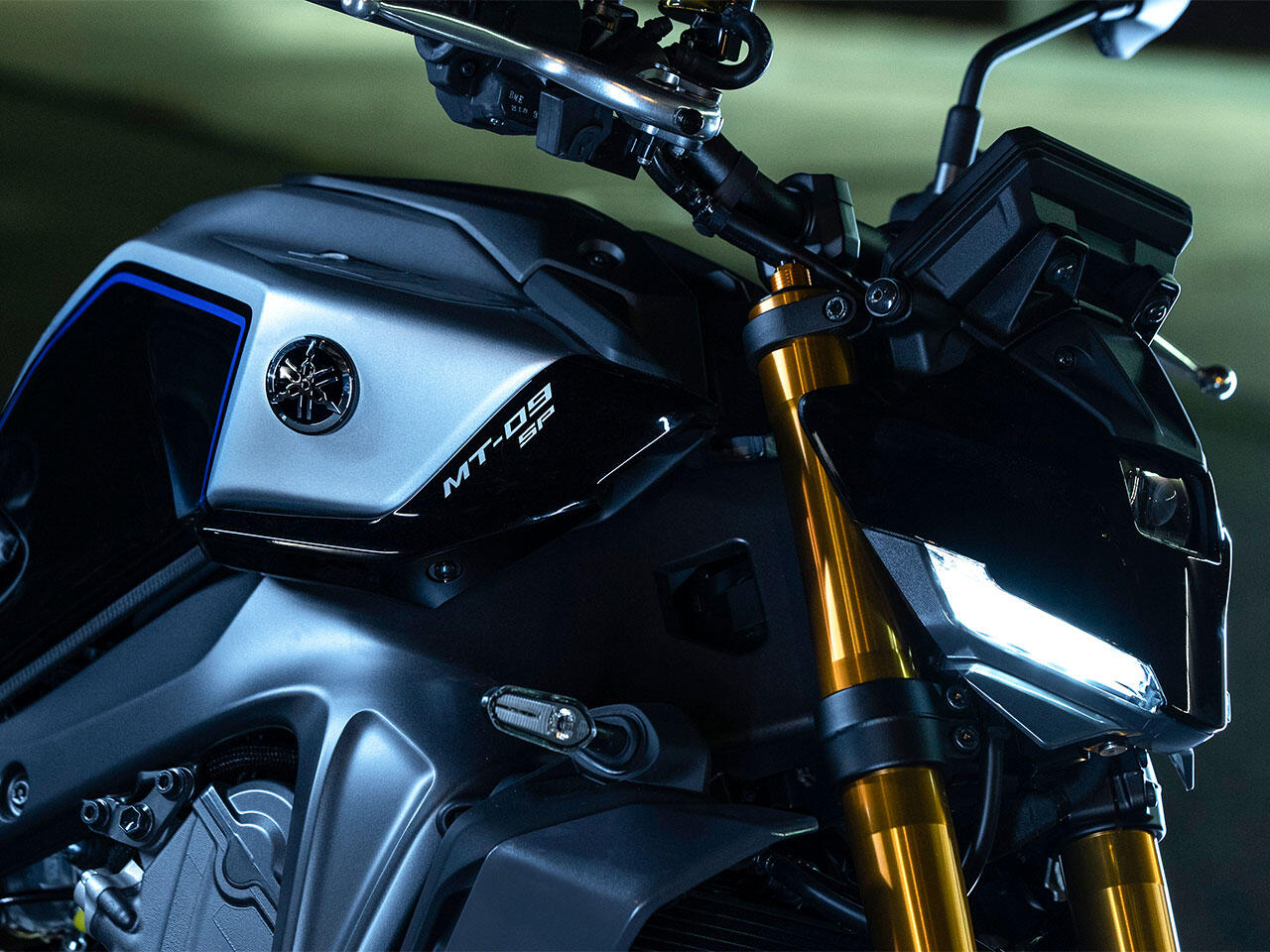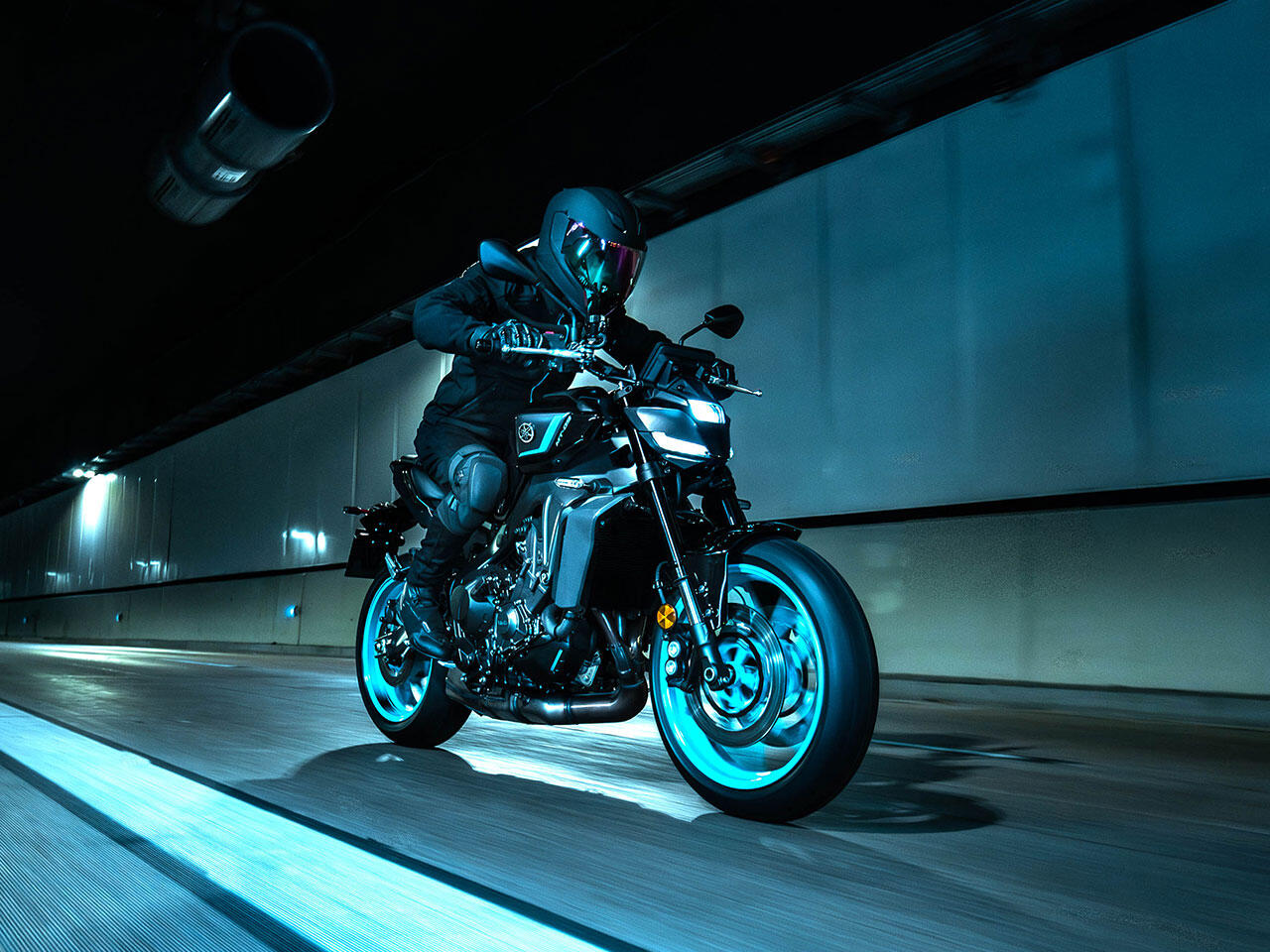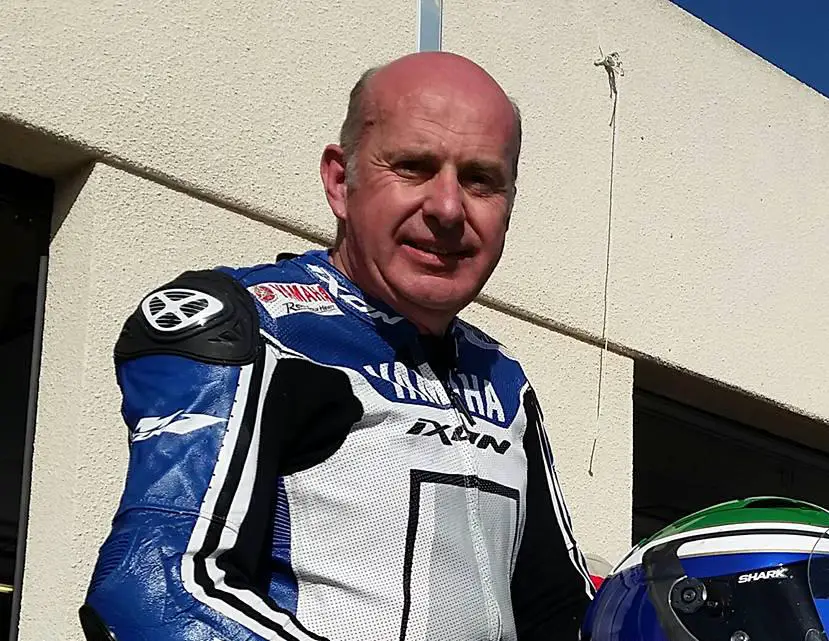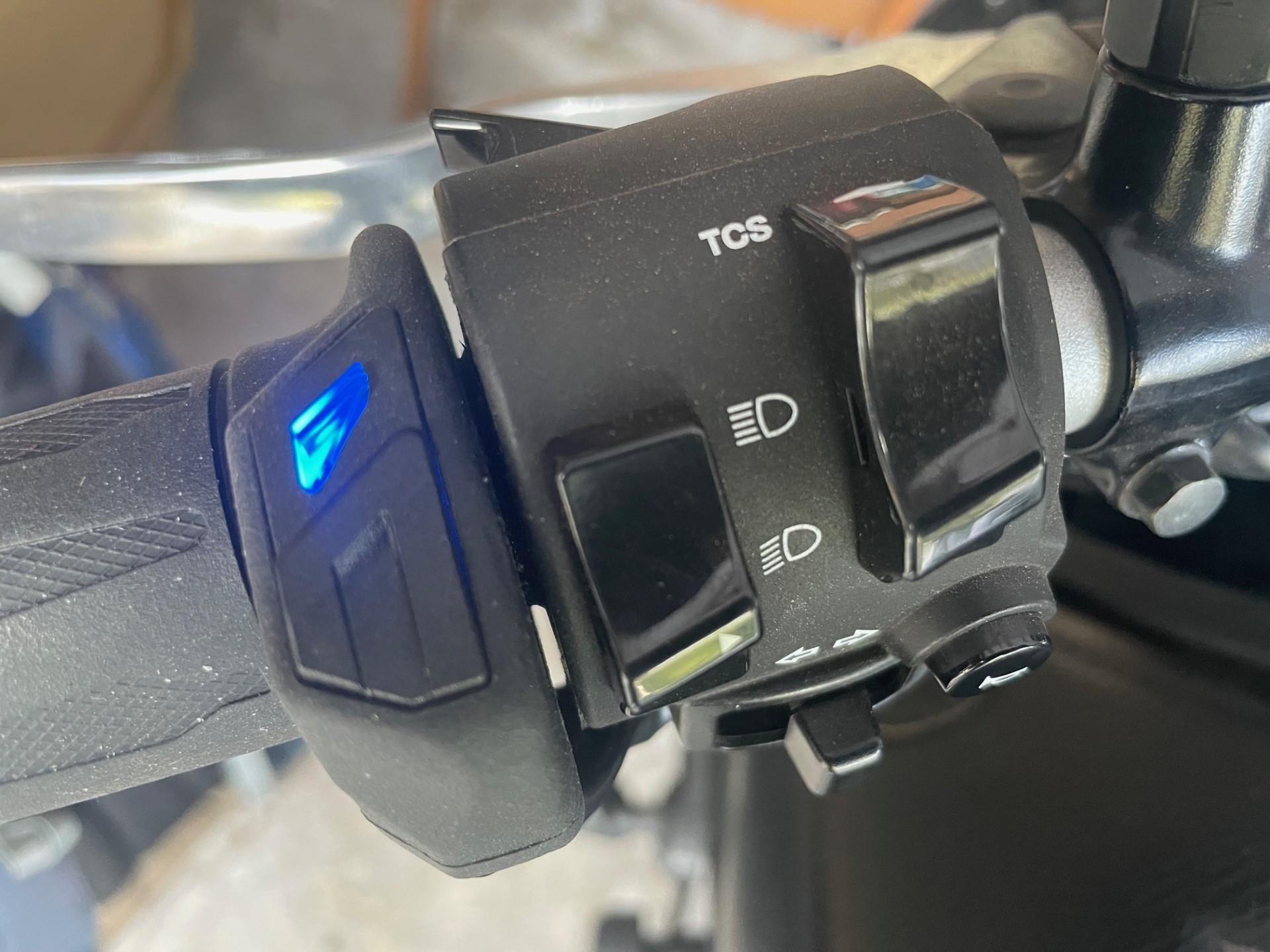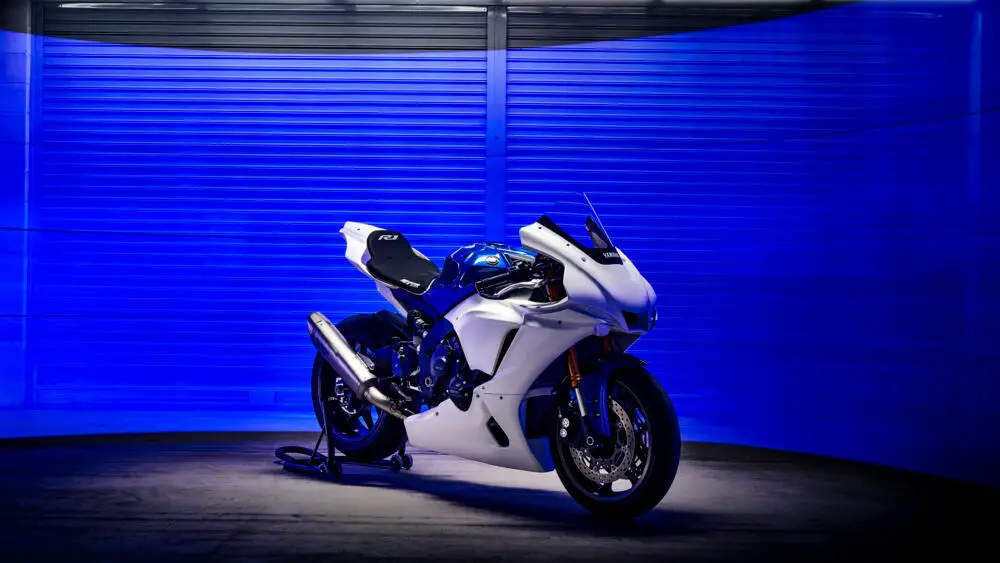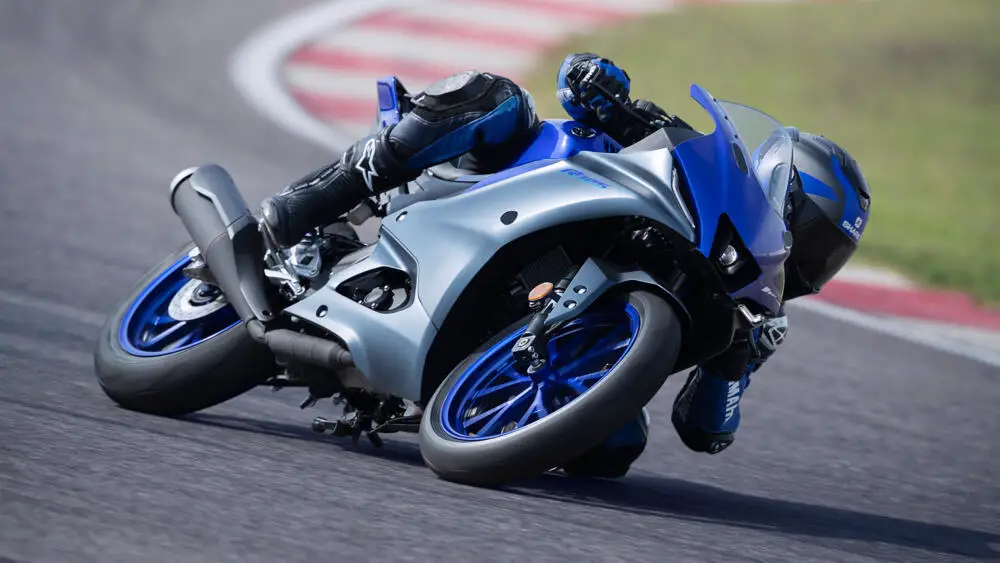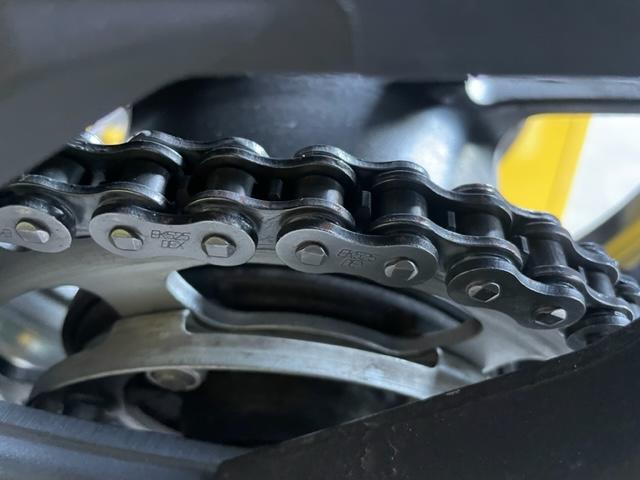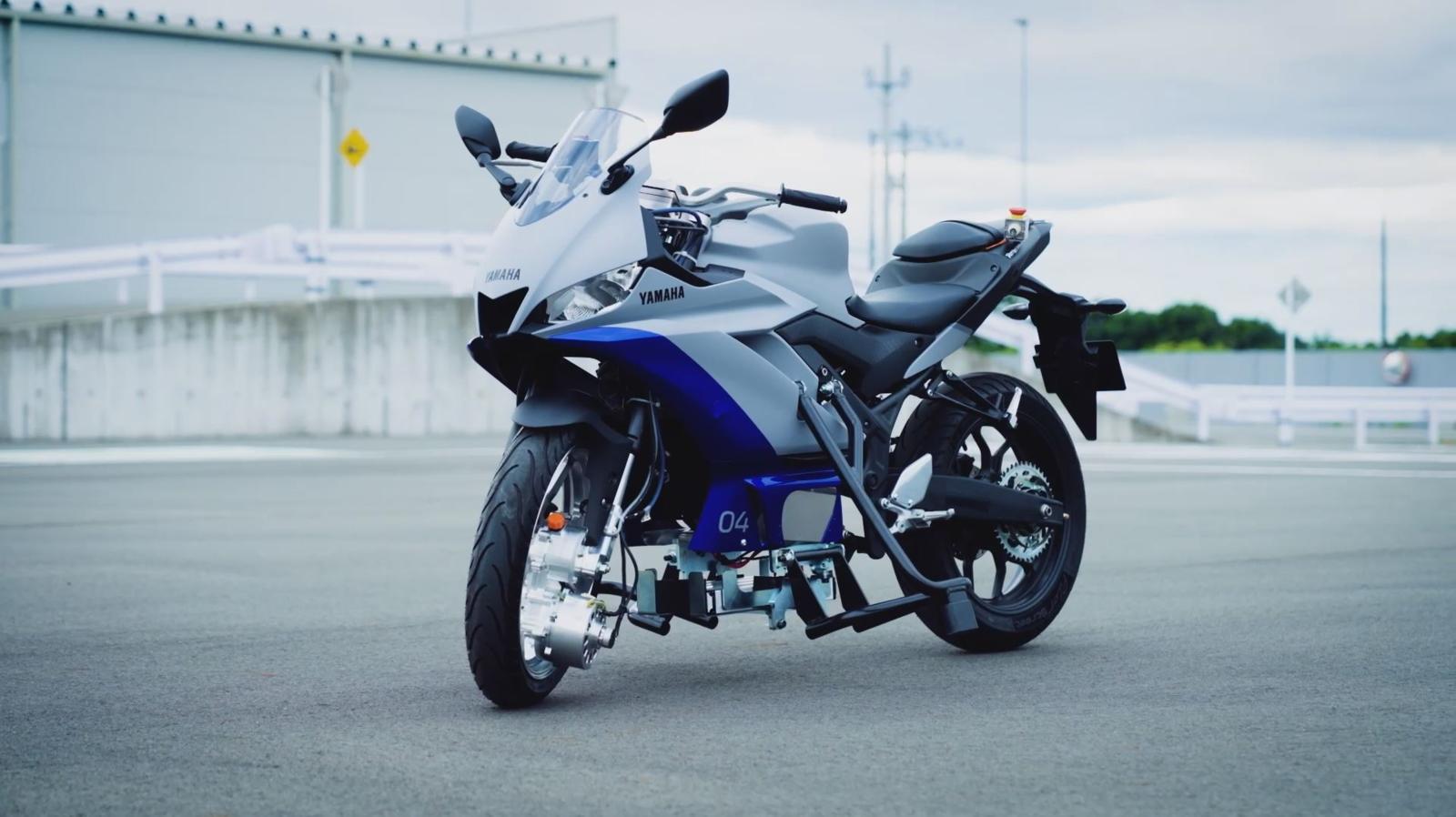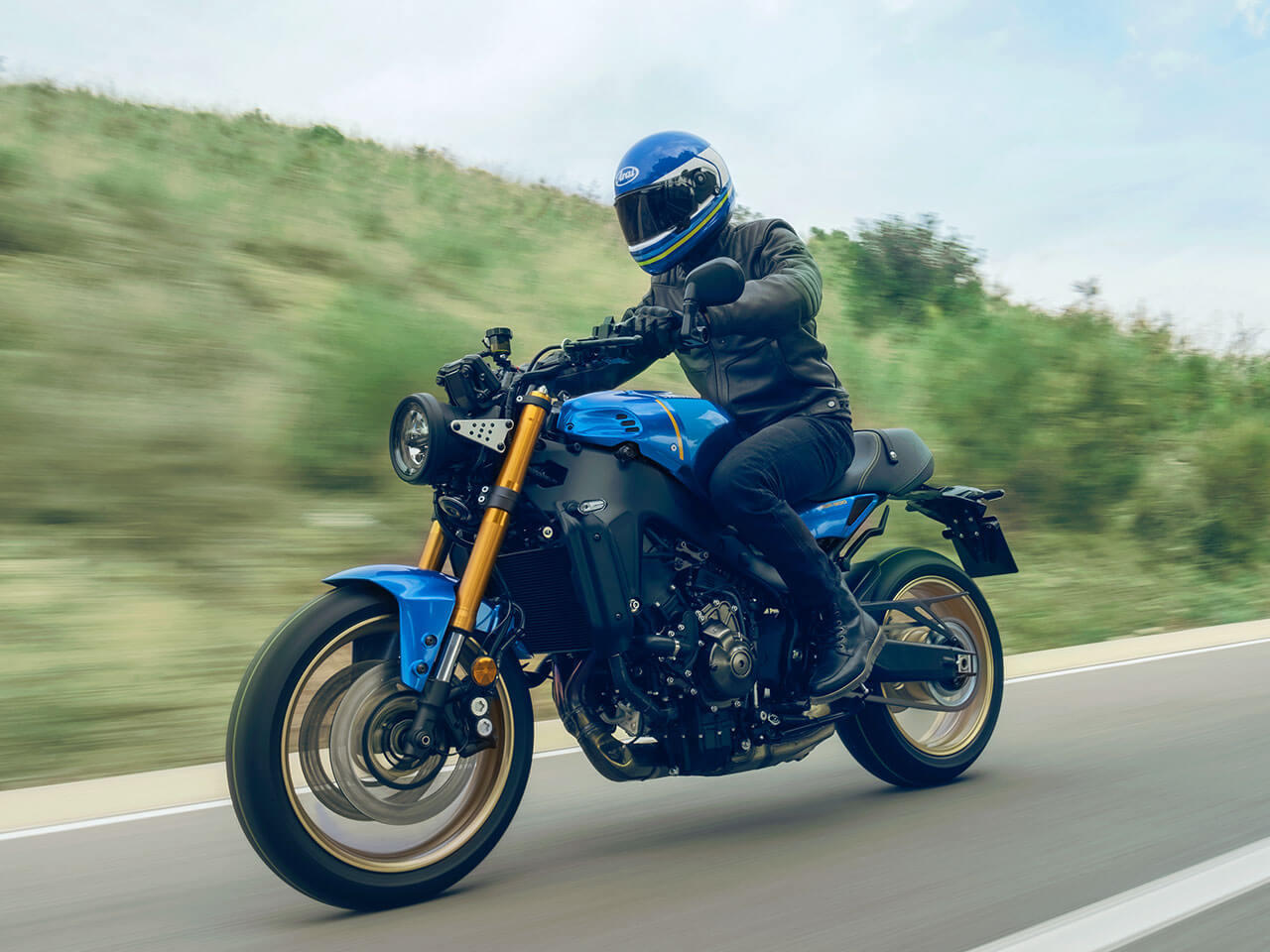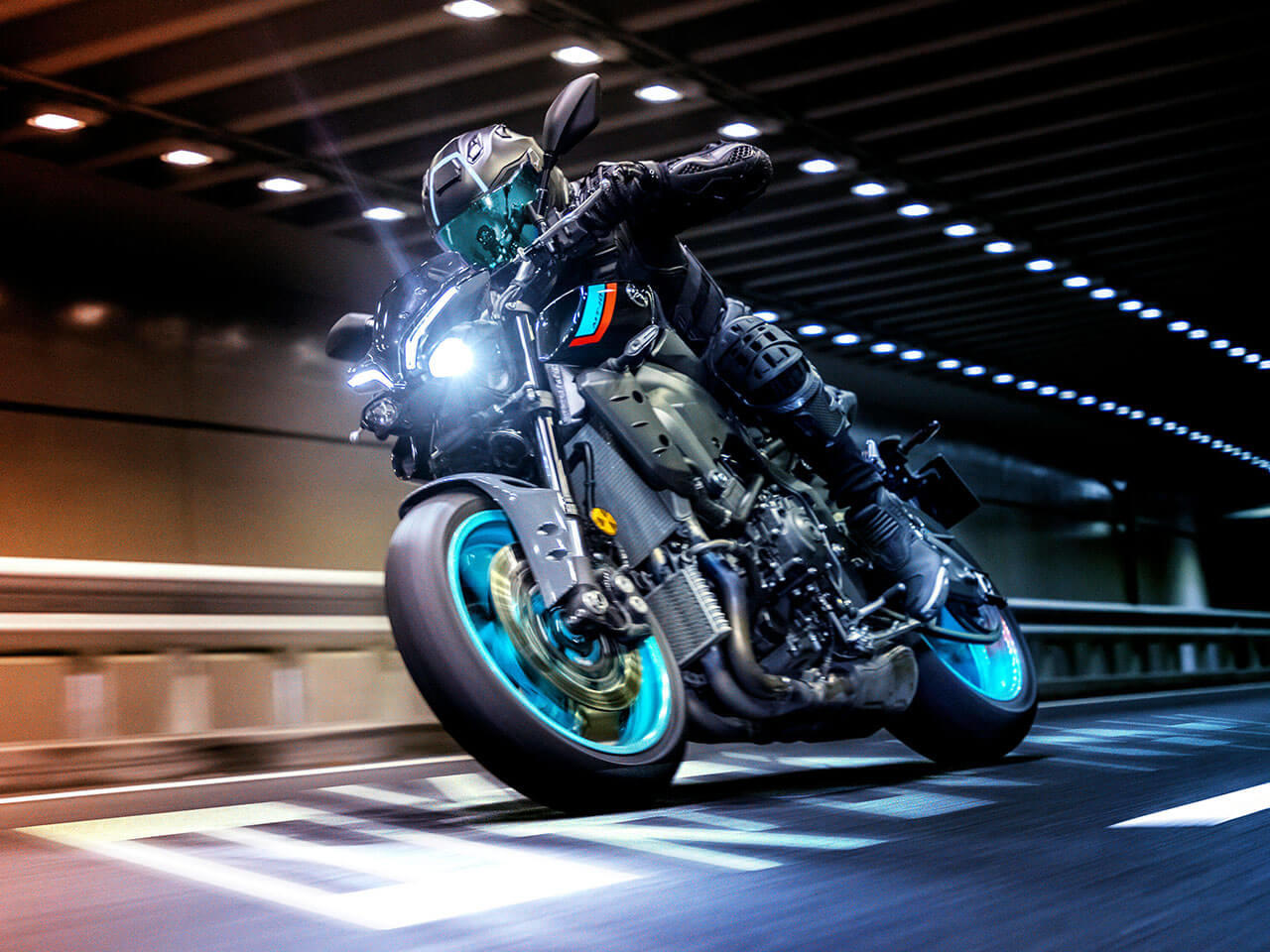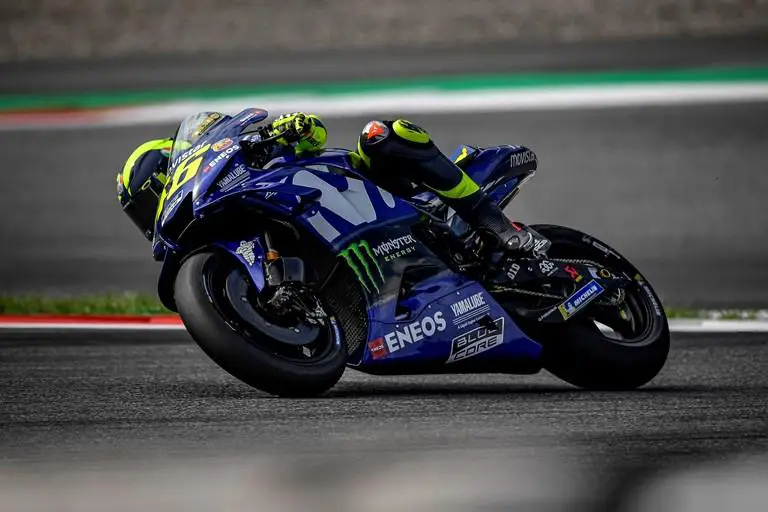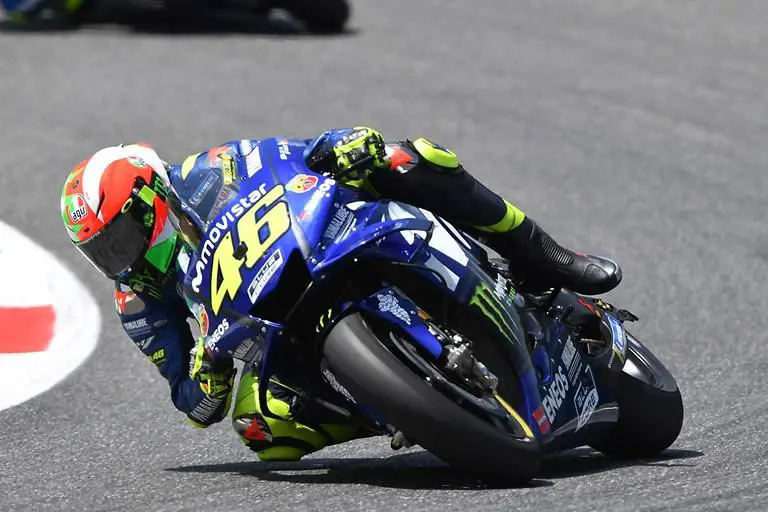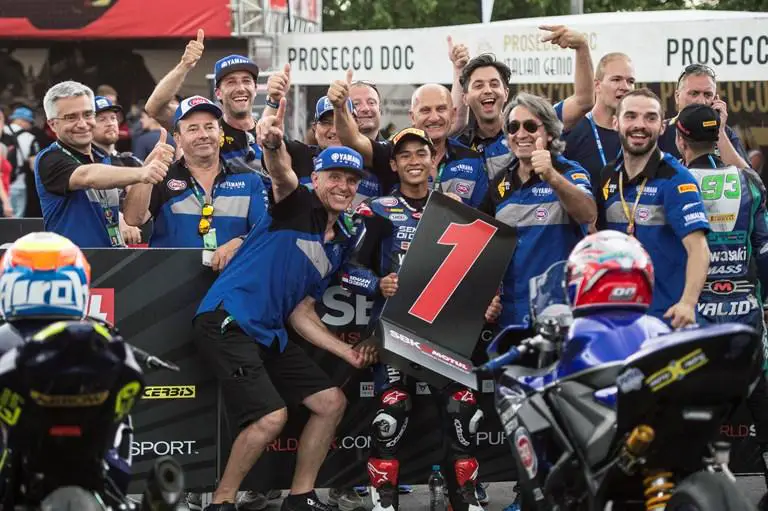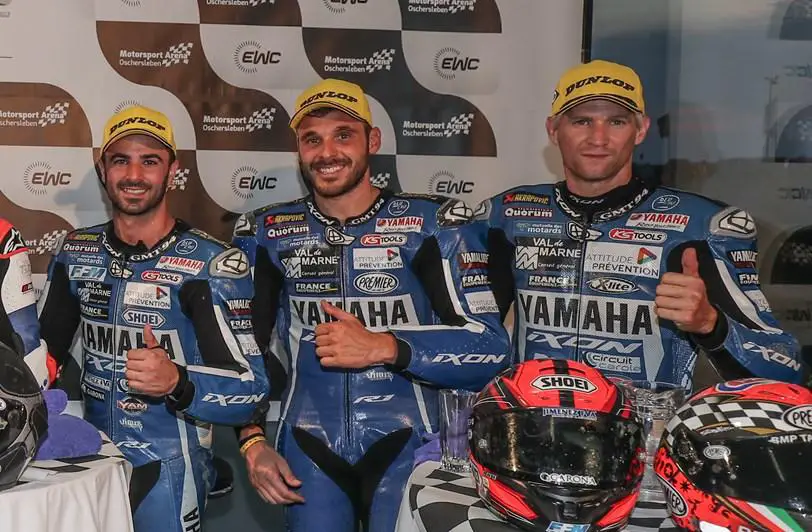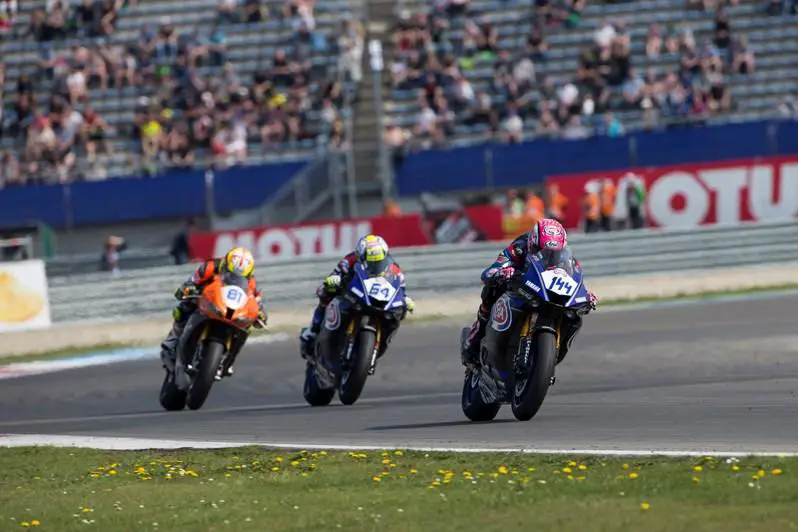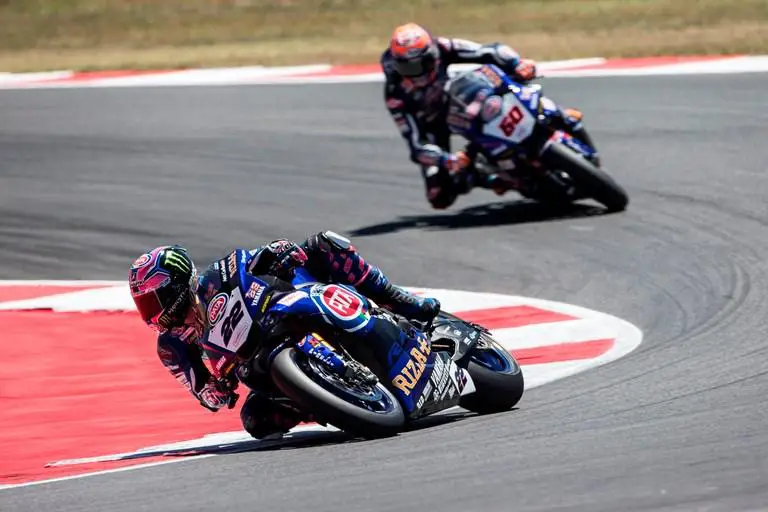2013: Gen 1 - MT-09 arrives in dealers end September 2013
2016: Gen 2 - MT-09 facelift revealed
2017: Gen 2 - Revised MT-09 launched
2021: Gen 3 - MT-09 revealed
2023: Gen 4 - New MT-09/SP revealed (Oct 31/Nov 2)
2023: Gen 4 - Launch date TBC
The core of the new MT-09 remains the characteristic 'CP3' three-cylinder motor, which was updated in 2021, and its cast aluminum Deltabox frame introduced in the same year.
Moving on to the 2024 MT-09SP, it takes the foundation laid by the standard model and adds several enhancements. These include fully adjustable suspension, top-notch Brembo Stylema brake calipers, a customizable Track riding mode, an R1M superbike-inspired livery in black, blue, and silver, complete with a brushed aluminum swing arm. Notably, the MT-09SP introduces Yamaha's new 'Smart Key' keyless ignition system for the first time, a feature that adds a modern touch to the bike.
While many aspects of the SP are similar to the standard MT-09 (which was already updated for 2024), it's worth reiterating some key features. The bike sports a 'slimmer, sharper new look' with a redesigned tank, new LED front light cluster, separate rear LED tail and brake lights, and a two-piece seat that matches the bodywork. The riding position is also updated, offering lower handlebars and higher pegs, both of which are adjustable. The MT-09SP incorporates a five-inch TFT dashboard and switchgear inspired by the latest Tracer 9 GT+ and Niken GT models.
The standout features of the MT-09SP include its premium, fully adjustable suspension. This comprises gold-finished, DLC-coated 41mm KYB forks at the front and an Öhlins monoshock at the rear. The new forks offer complete adjustability for preload, rebound, and compression damping, while the Öhlins rear unit offers tweaks for compression and rebound, along with a remote preload adjuster.
Brakes on the MT-09SP receive an upgrade with twin Brembo monoblock 'Stylema' calipers, providing superbike-class braking performance.
The bike introduces an additional Track riding mode alongside the standard Sport, Street, and Rain modes, allowing riders to customize power, traction, braking, and more for various track scenarios. A dedicated Track theme is also featured on the TFT display.
One of the standout features on the MT-09SP is Yamaha's new keyless 'Smart Key System.' This system replaces the conventional key slot with an 'on-off' switch at the top of the tank. It remains active as long as the Smart Key is within range and also offers a lock and unlock option for the fuel cap.
The 2024 Yamaha MT-09SP is available in a striking R1M-inspired black, silver, and blue color scheme, complete with a brushed aluminum swing arm. Yamaha has yet to announce pricing and availability details.
In summary, the 2024 Yamaha MT-09SP offers several notable upgrades, including enhanced suspension, improved brakes, and the introduction of a keyless ignition system. With its sporty design and advanced features, it's sure to attract motorcycle enthusiasts looking for a high-performance naked bike.
MT-09 SP vs. MT-09 Standard:
Suspension: The MT-09SP features premium fully-adjustable suspension, with gold-finished, DLC-coated 41mm KYB forks at the front and an Öhlins monoshock at the rear. In contrast, the standard MT-09 comes with non-adjustable suspension. Brakes: The MT-09SP is equipped with twin Brembo monoblock 'Stylema' calipers, providing superbike-class braking performance, while the standard MT-09 has upgraded brakes but not at the same level. Riding Modes: The MT-09SP offers a four additional Track riding modes alongside the standard Sport, Street, and Rain modes, allowing riders to customize power, traction, braking, and more for track scenarios. Exclusive TRACK display theme for new 5in full colour TFT dashboard. The standard MT-09 offers three riding modes without the Track mode. Smart Key System: The MT-09SP introduces Yamaha's new keyless 'Smart Key System,' allowing keyless ignition and a lock/unlock option for the fuel cap. The standard MT-09 uses a traditional key. Livery: The MT-09SP features an R1M superbike-inspired livery in black, blue, and silver, complete with a brushed aluminum swing arm. The standard MT-09 has a different color scheme. These differences make the MT-09SP a more performance-oriented and feature-rich variant, catering to riders who seek an even higher level of performance, adjustability, and premium components in their motorcycle.
_33963e.png)
_83bc35.png)
